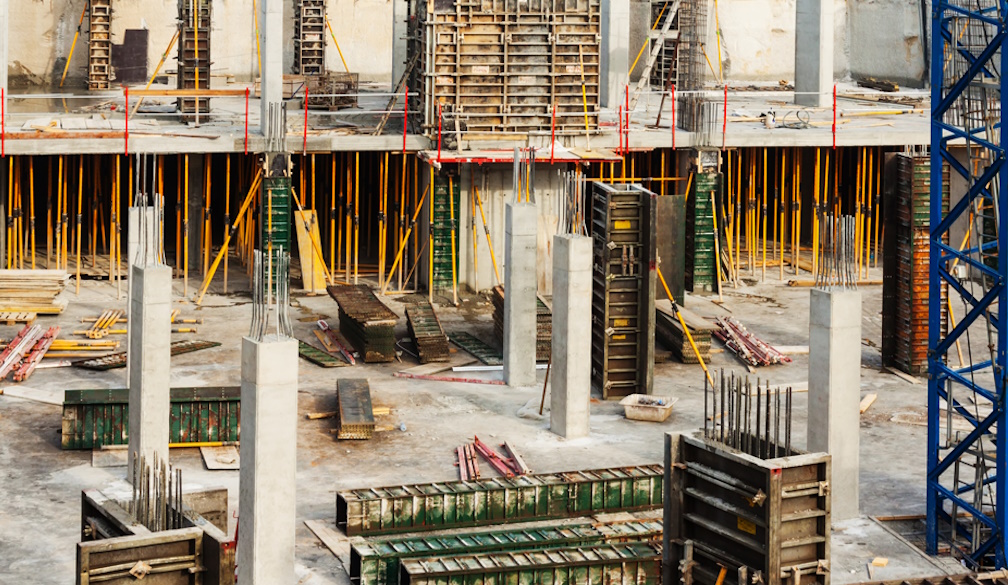Building Stability and Strength with Professional Piling Construction

Every successful construction project begins with a strong and reliable foundation. When surface soil conditions are not capable of supporting heavy loads, builders turn to deep foundation methods to ensure long-term stability. Among these methods, Piling Construction has become one of the most widely used and trusted solutions. Whether for residential properties, commercial developments, or major infrastructure projects, piling provides the strength and durability needed to keep structures safe and secure.
What Is Piling Construction
Piling Construction involves driving or drilling long columns, known as piles, deep into the ground to transfer the weight of a structure onto stronger soil or rock layers. These piles bypass weak or unstable surface soils, anchoring the foundation to more stable strata below. This ensures that the load is distributed evenly and that the building remains stable over time. Piling is especially important in areas where the ground is soft, waterlogged, or prone to movement.
Why Piling Is Essential in Modern Construction
In cities like Melbourne, soil conditions can vary significantly from site to site. Some areas have clay or sandy soils that are not strong enough to support heavy loads. Without proper foundation work, buildings in these areas risk settlement, cracking, or structural failure. Piling Construction solves these problems by creating a deep and reliable support system. This makes it possible to build everything from high-rise towers to bridges and marine structures on otherwise unsuitable land.
Types of Piles Used in Construction
Different projects require different types of piles. End-bearing piles transfer loads directly to strong layers of soil or rock, while friction piles distribute weight along their length through resistance with surrounding soil. Driven piles are hammered into place using heavy machinery, while bored piles are drilled and filled with reinforced concrete. The choice of pile depends on factors such as soil conditions, load requirements, and project design. Professional engineers determine the most suitable method during the planning stage of Piling Construction.
Applications of Piling in Construction Projects
Piling Construction is used across a wide variety of projects. Residential builders use piles for homes built on soft or reclaimed land, ensuring long-term stability. Commercial developers rely on piles to support warehouses, shopping centres, and office towers. Infrastructure projects such as bridges, highways, and tunnels also depend heavily on piling systems. Marine construction, including wharves and jetties, uses piles to withstand water and wave pressure. The versatility of piling makes it a cornerstone of modern construction.
Advantages of Piling Construction
One of the major benefits of Piling Construction is its ability to provide support in challenging soil conditions. Piles are capable of carrying heavy vertical loads as well as lateral forces, making them suitable for complex projects. Piling also allows for construction in waterlogged or coastal areas where shallow foundations would fail. The durability of pile foundations ensures that structures remain stable and secure for decades, even under adverse conditions.
The Role of Engineering Expertise in Piling
A successful Piling Construction project relies heavily on engineering expertise. Engineers conduct detailed soil investigations to determine the type, length, and load-bearing capacity of the piles required. They design piling systems that account for the structure’s weight, site conditions, and environmental factors. Professional oversight ensures that piles are installed to precise specifications, reducing risks and guaranteeing long-term stability. Without proper engineering, piling projects face the risk of poor performance and costly failures.
The Process of Piling Construction
The process of Piling Construction typically begins with site analysis and soil testing. Once the appropriate pile type is chosen, contractors use specialised machinery to drive or drill the piles into the ground. Reinforcement and concrete are added if necessary, and the piles are tested to confirm their load-bearing capacity. Once installed, the piles form the deep foundation that supports the entire structure. This meticulous process ensures that projects are built on a secure and reliable base.
Challenges in Piling Projects
While piling is a reliable method, it comes with challenges. Driving piles can generate noise and vibration, which may be disruptive in urban areas. Certain soil conditions can also make installation difficult, requiring advanced equipment and techniques. Professional contractors specialising in Piling Construction have the expertise and technology to overcome these challenges. By carefully planning and executing each stage, they deliver foundations that meet both safety and performance standards.
The Cost of Neglecting Proper Piling
Neglecting proper foundation work can result in serious consequences for construction projects. Buildings without adequate piles may settle unevenly, leading to structural cracks or even collapse. Repairing foundation issues after construction is completed is often extremely costly and disruptive. By investing in professional Piling Construction from the beginning, property owners and developers avoid these risks and secure the long-term safety of their investments.
Choosing the Right Piling Contractor
With foundation work being critical to any project’s success, selecting the right contractor for Piling Construction is essential. The best providers have extensive experience, modern equipment, and a track record of delivering high-quality results. They provide tailored solutions based on site-specific conditions and client needs. By choosing trusted experts, property owners ensure that their structures are built on strong, reliable foundations that stand the test of time.
Conclusion: Building Strong Futures with Piling Construction
Strong buildings start with strong foundations, and Piling Construction provides the depth and stability needed for projects of all sizes. By transferring loads to stable soil or rock layers, piling ensures structures remain safe, durable, and resilient. With the expertise of engineers, advanced equipment, and skilled contractors, piling continues to play a vital role in Melbourne’s construction industry. For developers and property owners, investing in professional piling services is the key to ensuring long-lasting strength and stability in every project.

